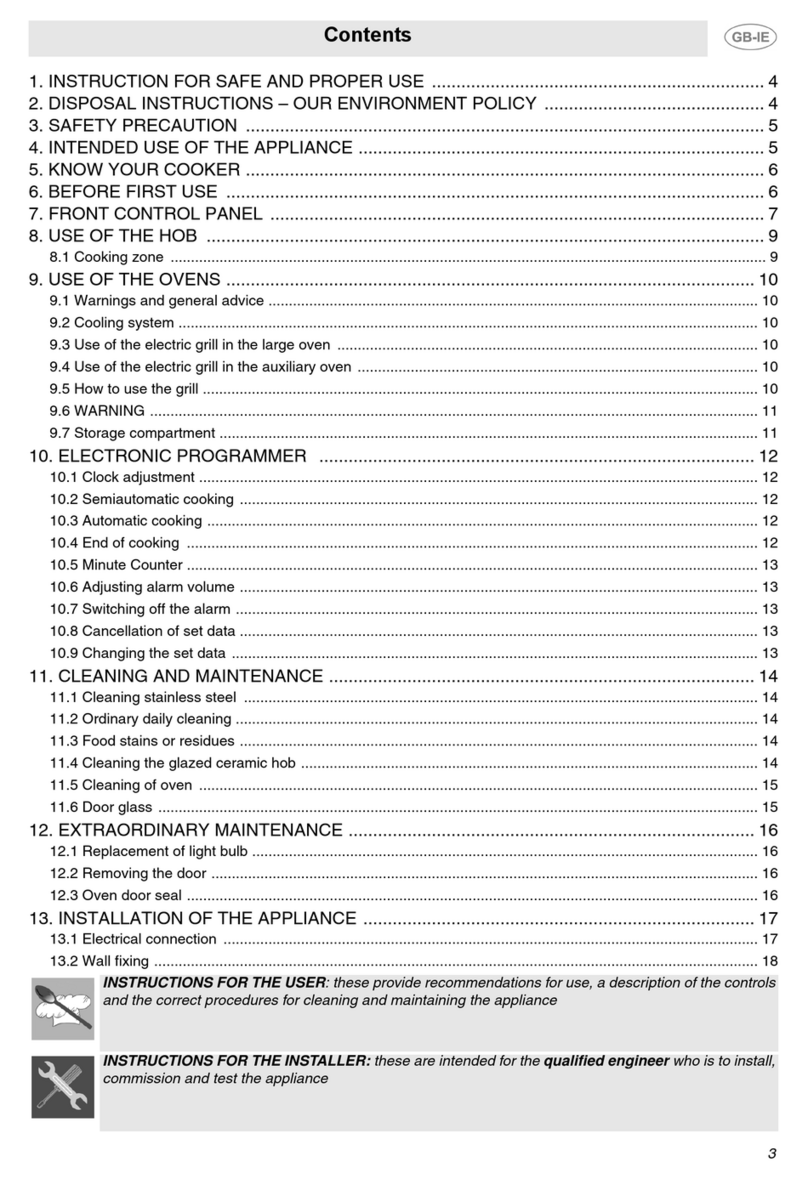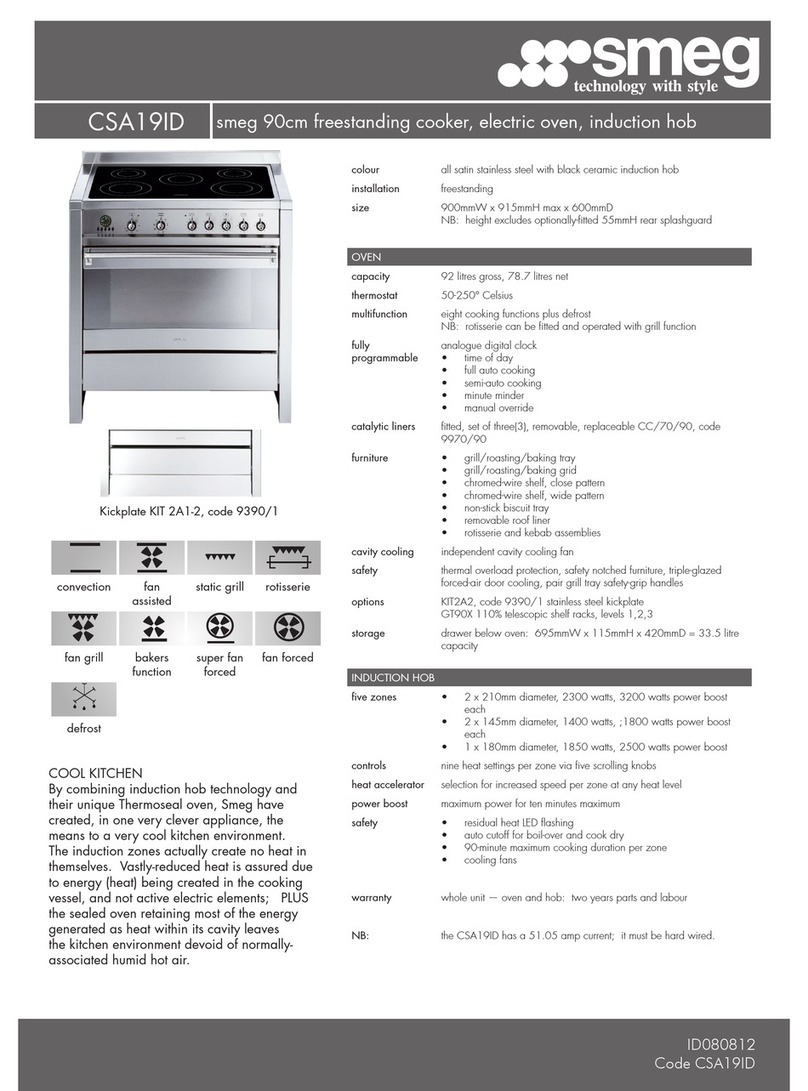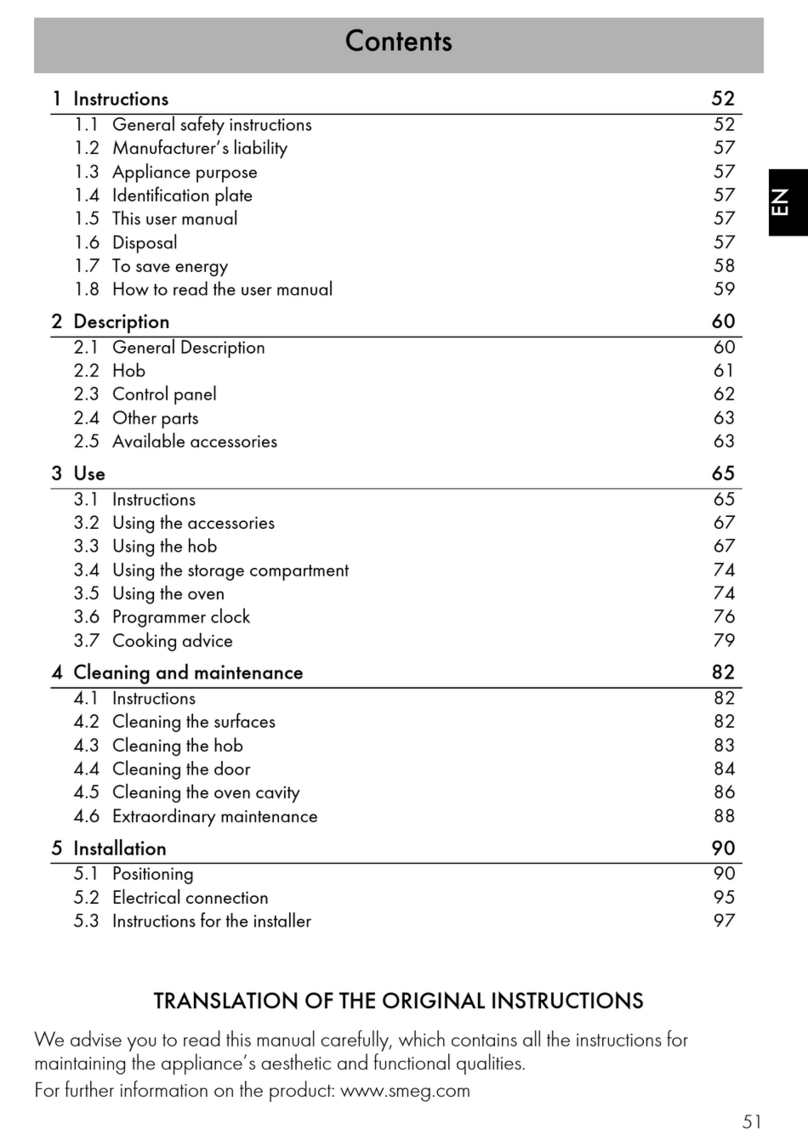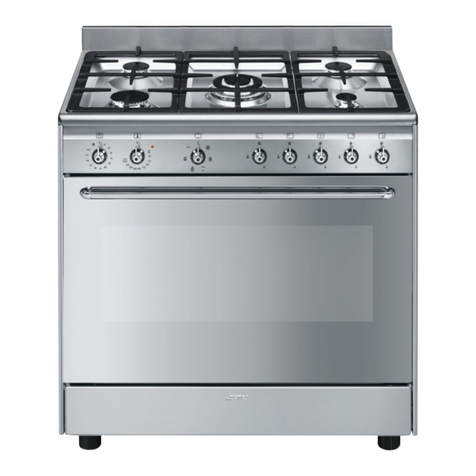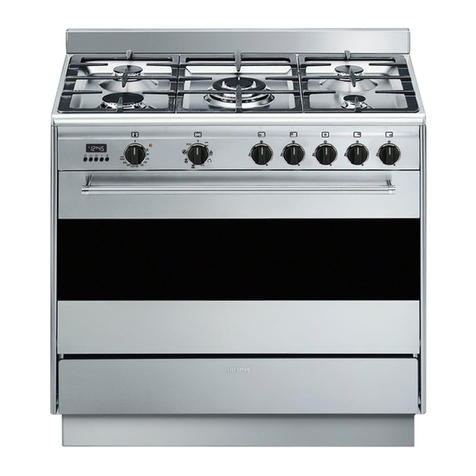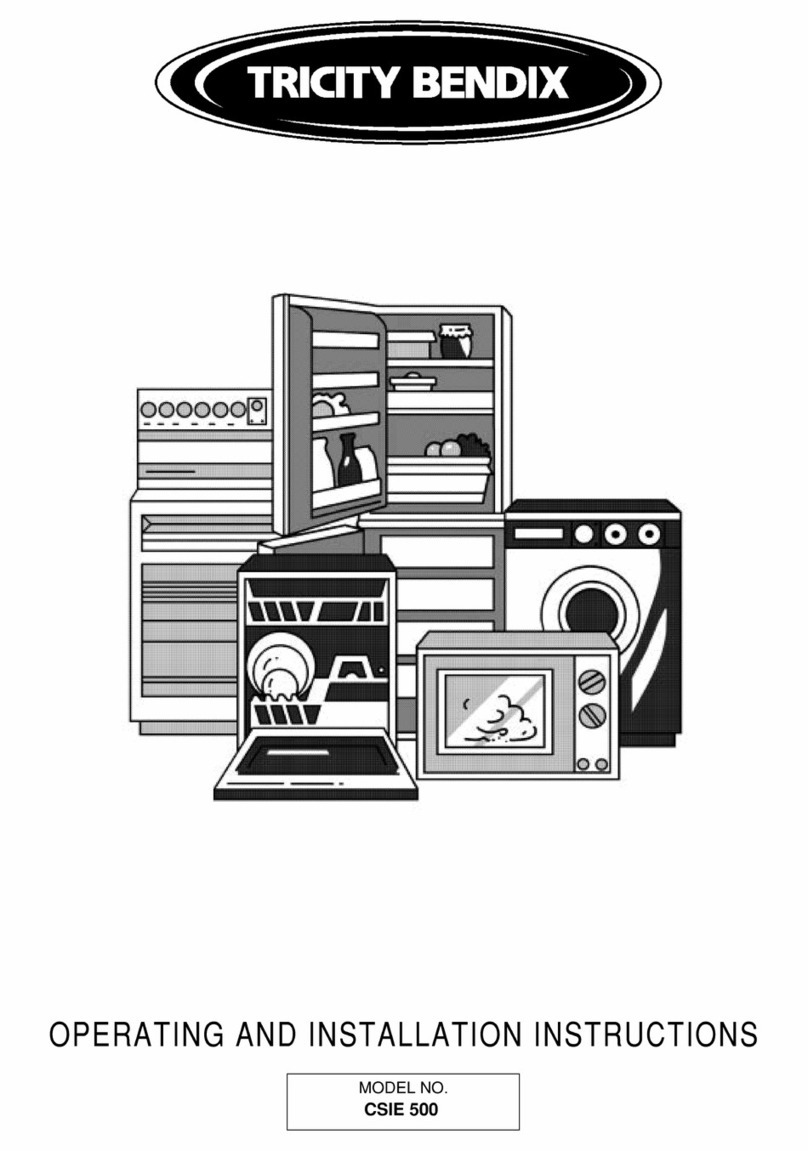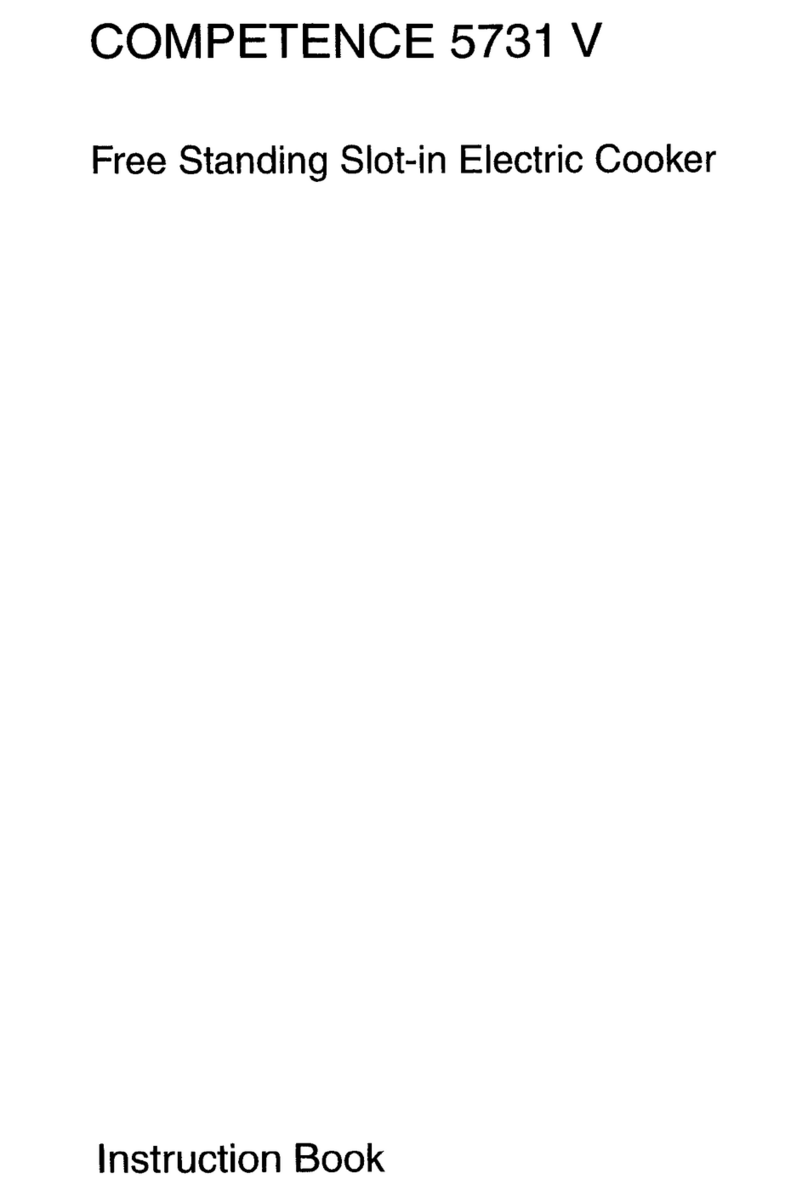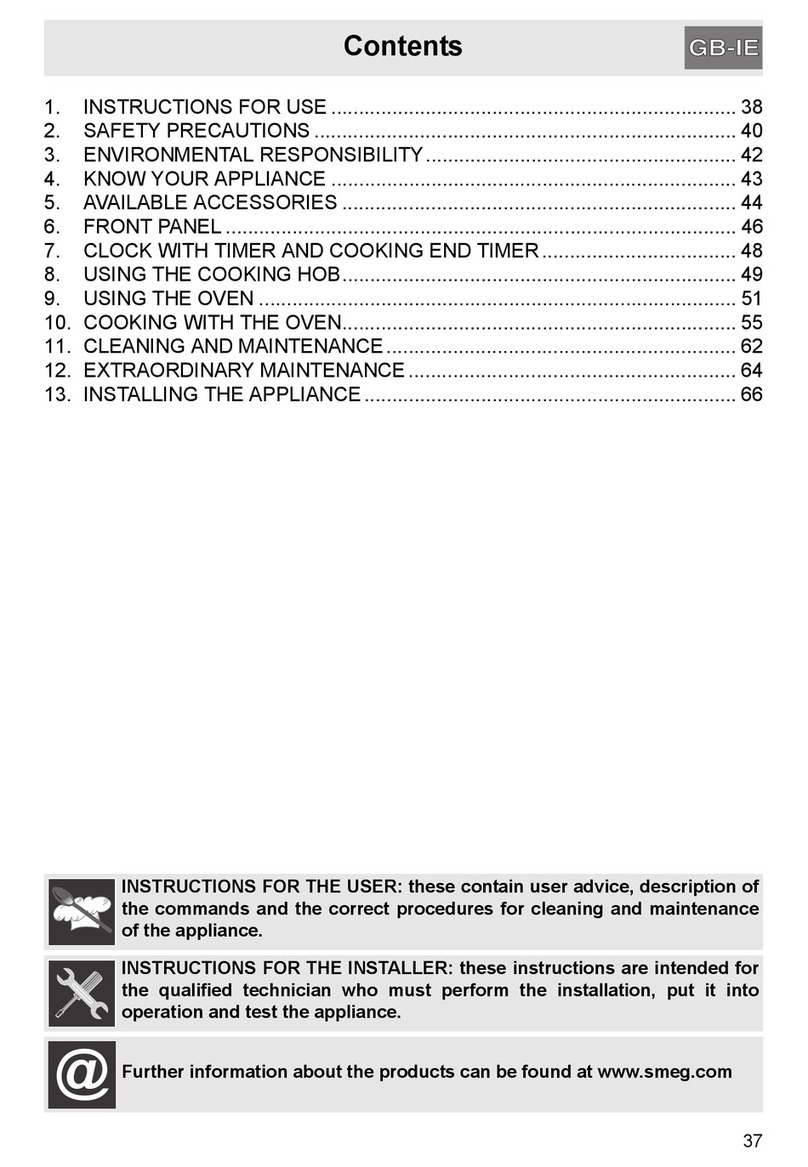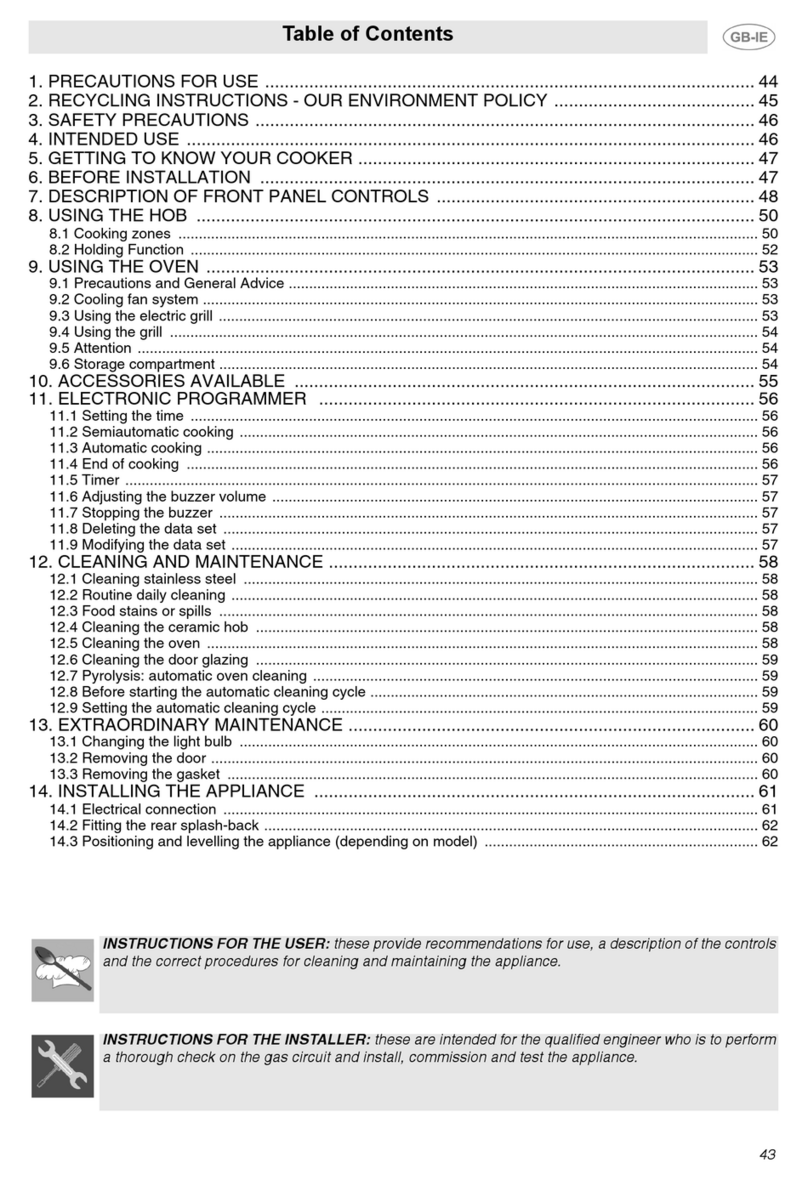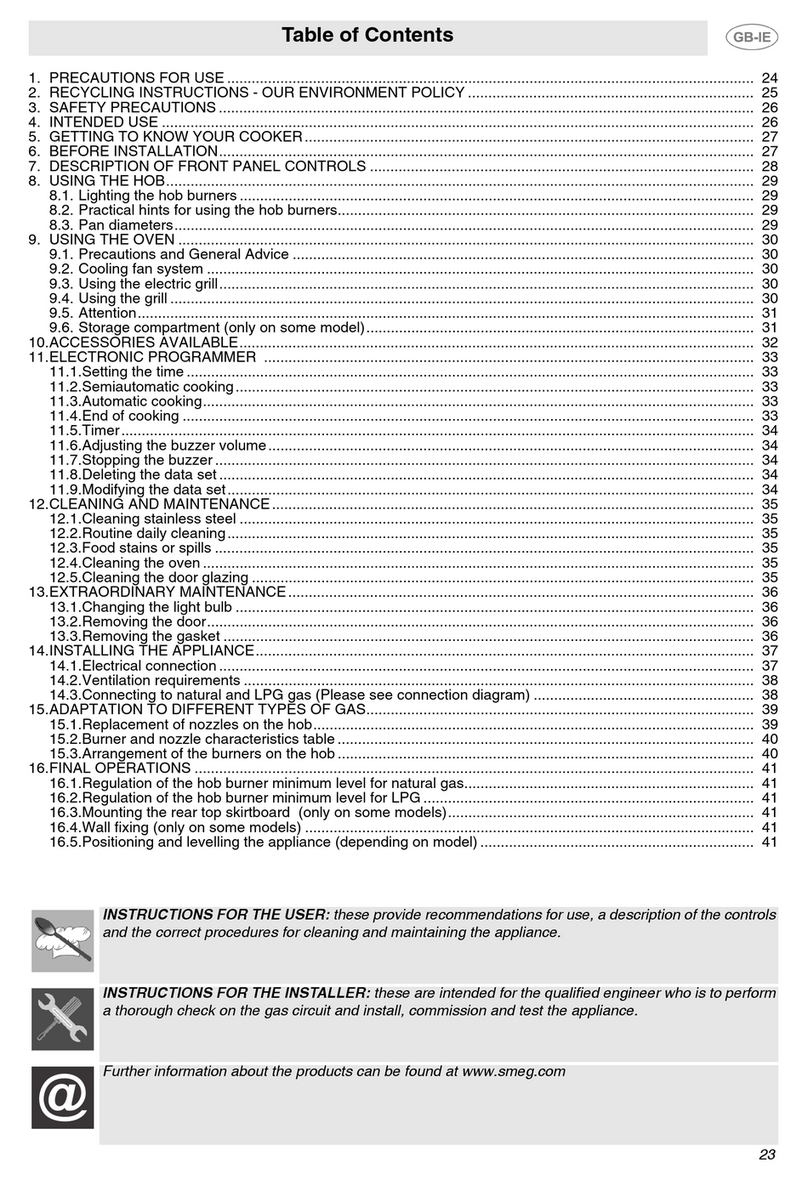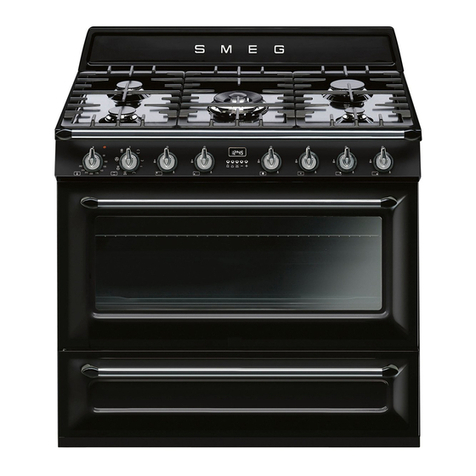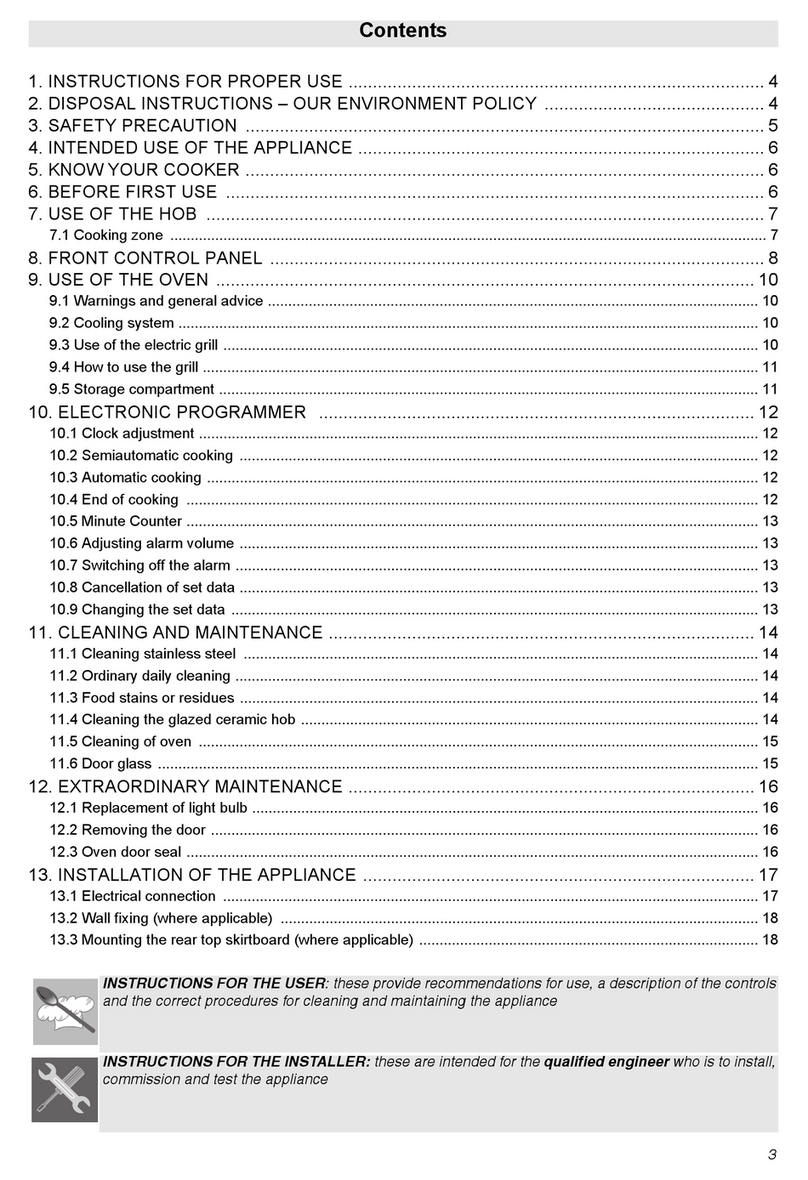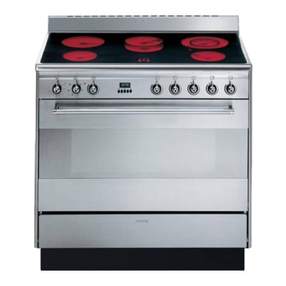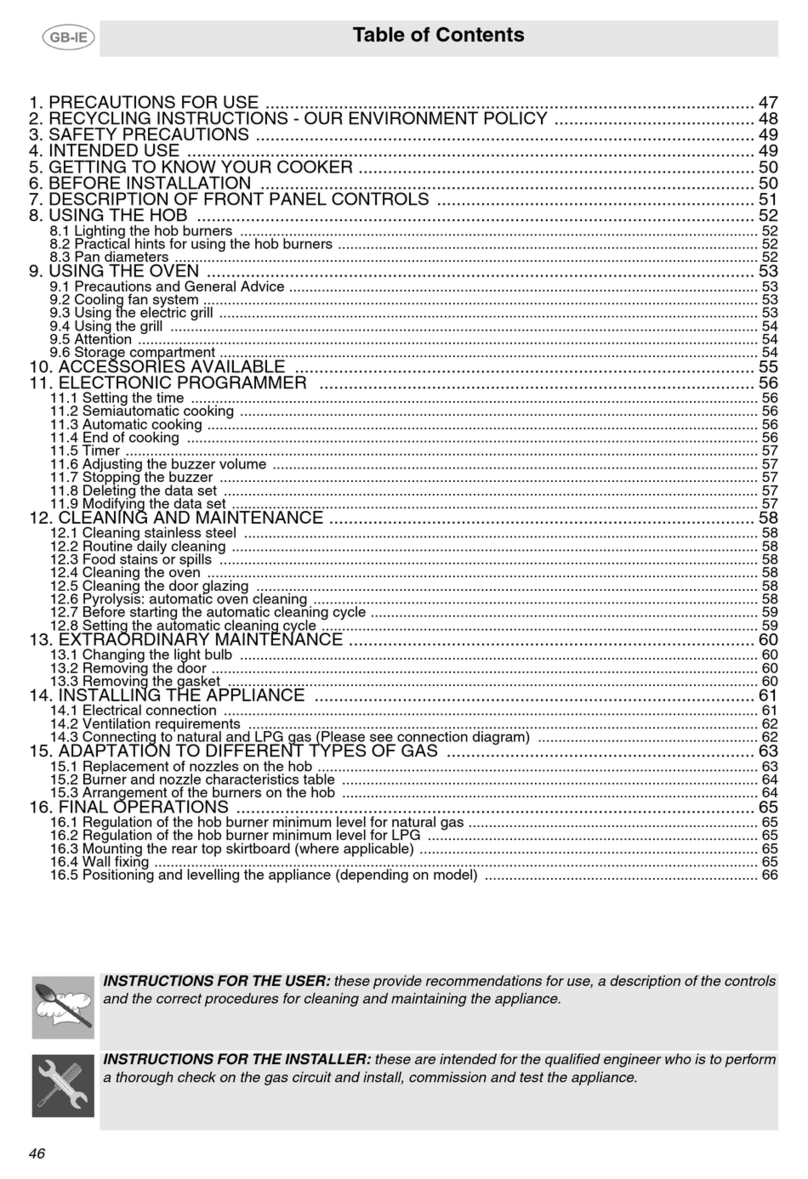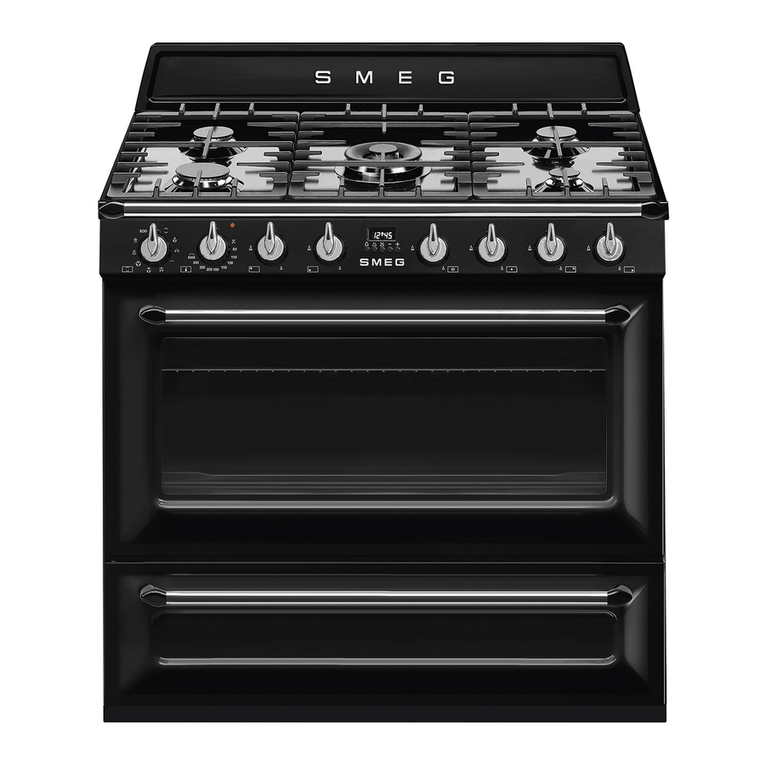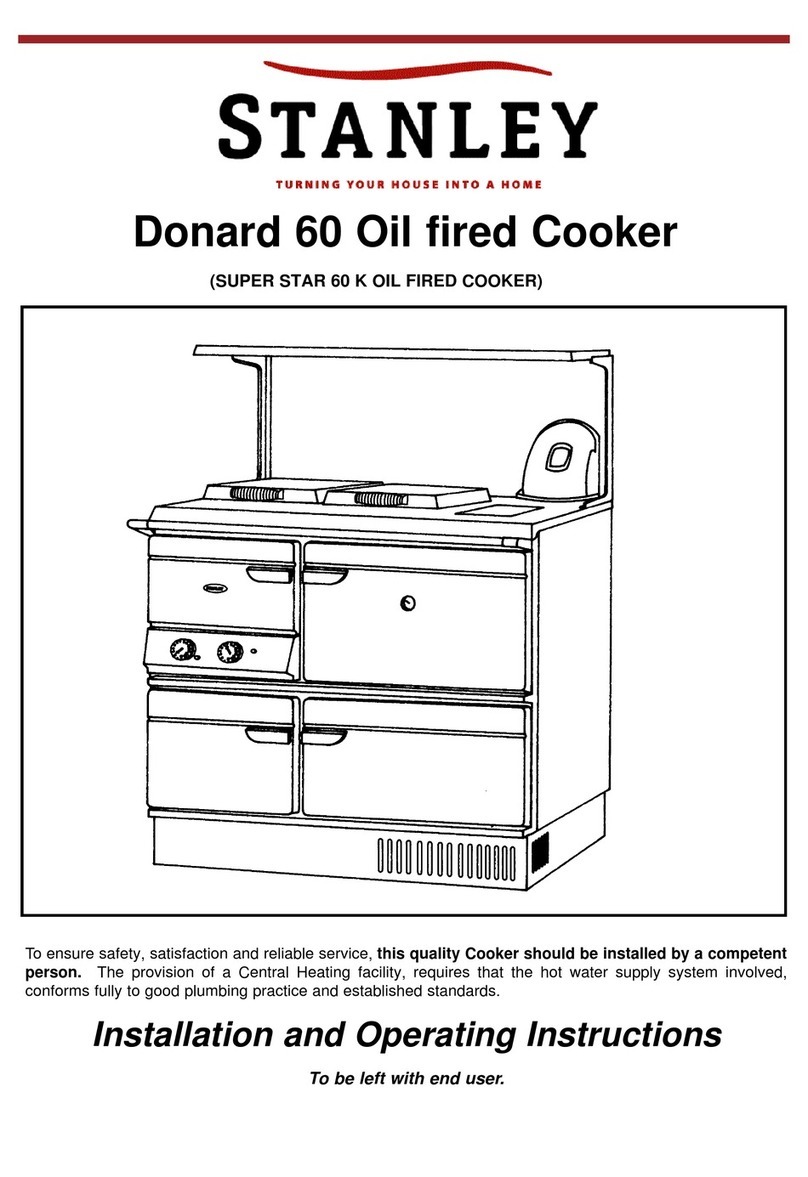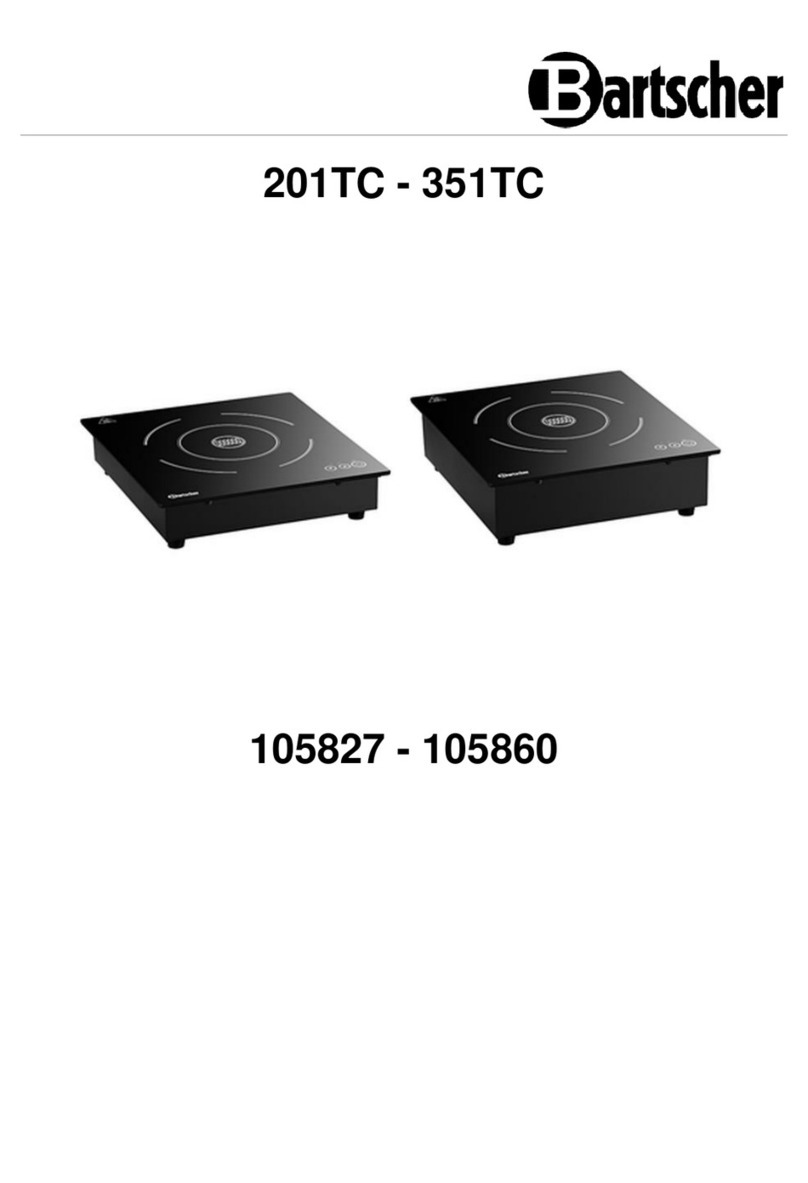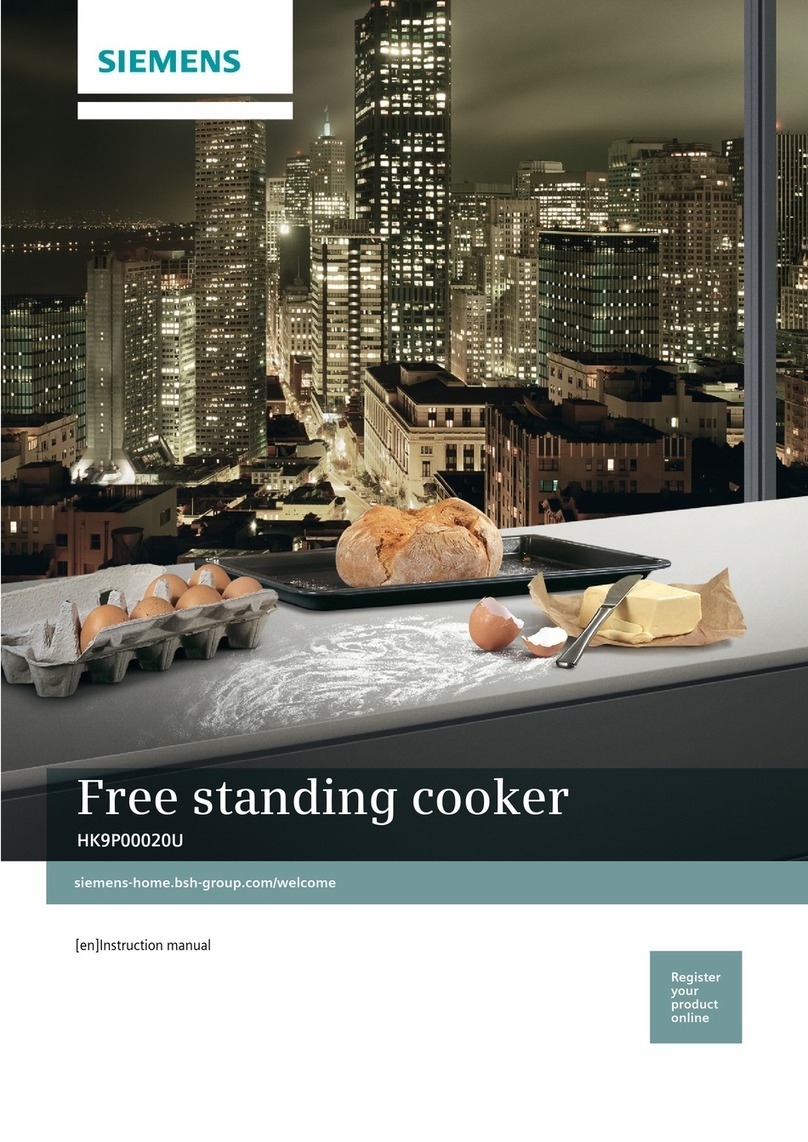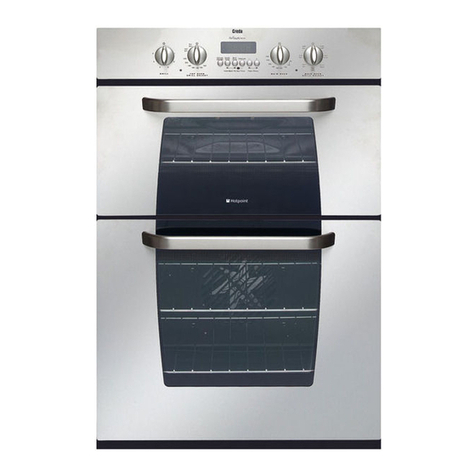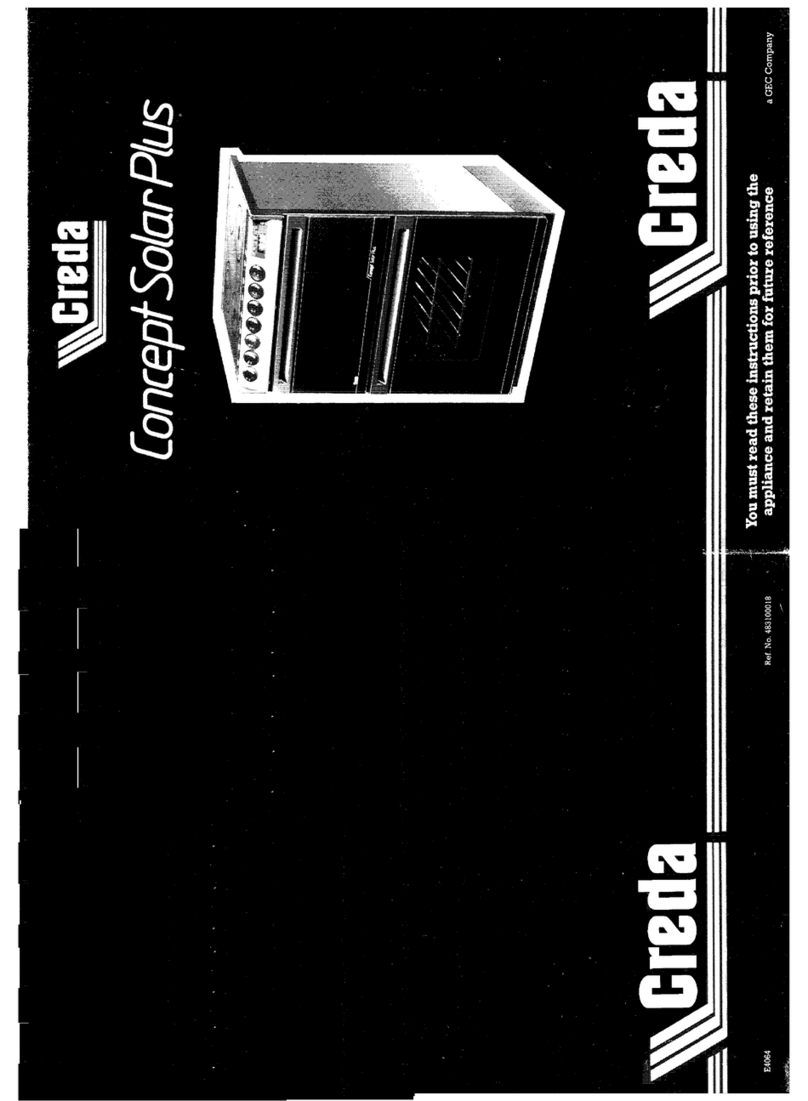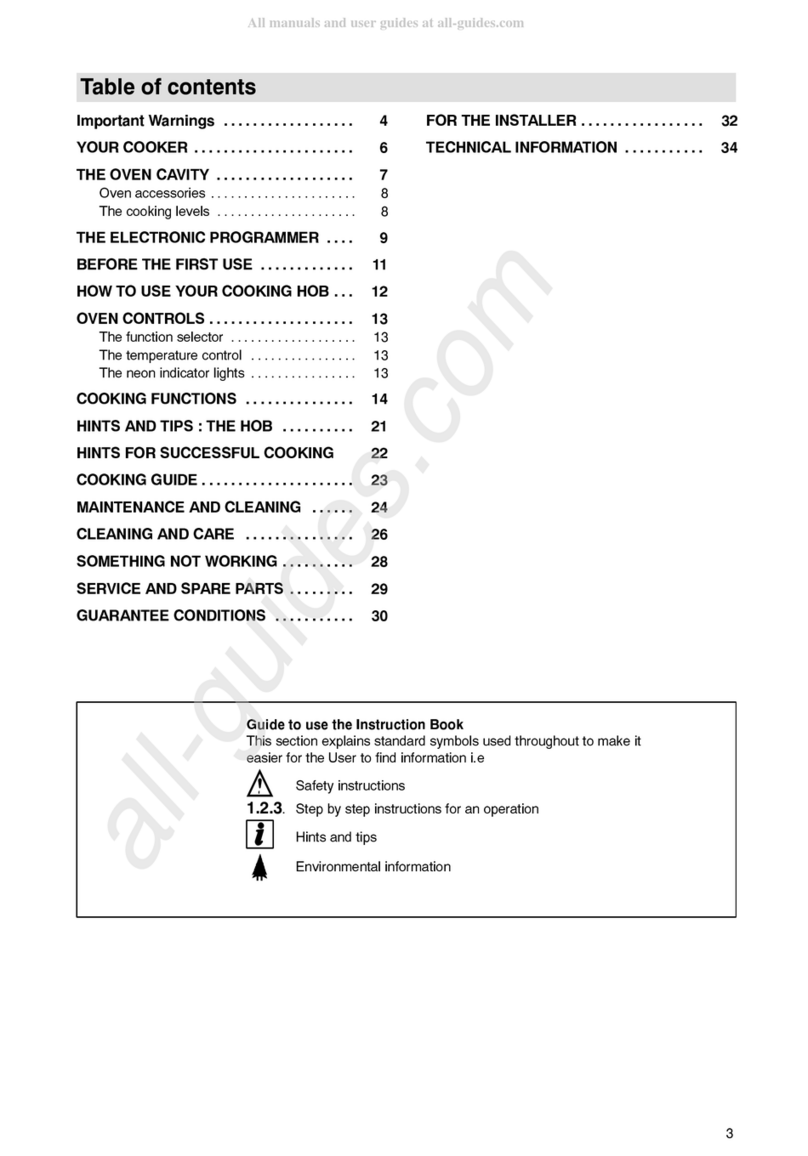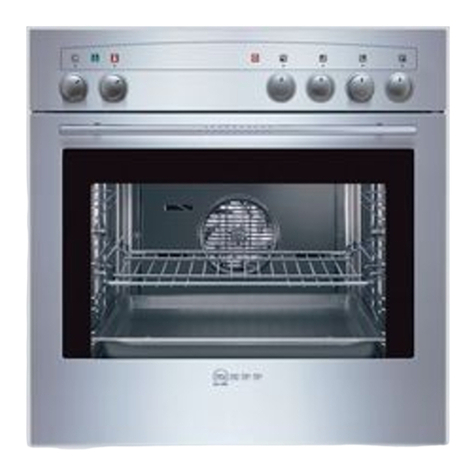In Übereinstimmung mit den Anforderungen der Europäischen
Richtlinie 2002/96/EG über Elektro- und Elektronik-Altgeräte
(WEEE) ist vorliegendes Gerät mit einer Markierung versehen.
Sie leisten einen positiven Beitrag für den Schutz der Umwelt und die
Gesundheit des Menschen, wenn Sie dieses Gerät einer gesonderten
Abfallsammlung zuführen. Im unsortierten Siedlungsmüll könnte ein
solches Gerät durch unsachgemäße Entsorgung negative
Konsequenzen nach sich ziehen.
Auf dem Produkt oder der beiliegenden Produktdokumentation ist
folgendes Symbol einer durchgestrichenen Abfalltonne
abgebildet. Es weist darauf hin, dass eine Entsorgung im normalen
Haushaltsabfall nicht zulässig ist Entsorgen Sie dieses Produkt im
Recyclinghof mit einer getrennten Sammlung für Elektro- und
Elektronikgeräte.
Die Entsorgung muss gemäß den örtlichen Bestimmungen zur
Abfallbeseitigung erfolgen.
Bitte wenden Sie sich an die zuständigen Behörden Ihrer
Gemeindeverwaltung, an den lokalen Recyclinghof für Haushaltsmüll
oder an den Händler, bei dem Sie dieses Gerät erworben haben, um
weitere Informationen über Behandlung, Verwertung und
Wiederverwendung dieses Produkts zu erhalten.
This appliance is marked according to the European directive
2002/96/EC on Waste Electrical and Electronic Equipment (WEEE).
By ensuring this product is disposed of correctly, you will help prevent
potential negative consequences for the environment and human
health, which could otherwise be caused by inappropriate waste
handling of this product.
The symbol on the product, or on the documents
accompanying the product, indicates that this appliance may not be
treated as household waste. Instead it shall be handed over to the
applicable collection point for the recycling of electrical and electronic
equipment.
Disposal must be carried out in accordance with local environmental
regulations for waste disposal.
For more detailed information about treatment, recovery and
recycling of this product, please contact your local city office, your
household waste disposal service or the shop where you purchased
the product.
Cet appareil porte le symbole du recyclage conformément à la
Directive Européenne 2002/96/CE concernant les Déchets
d'Équipements Électriques et Électroniques (DEEE ou WEEE).
En procédant correctement à la mise au rebut de cet appareil, vous
contribuerez à empêcher toute conséquence nuisible pour
l'environnement et la santé de l'homme.
Le symbole présent sur l'appareil ou sur la documentation qui
l'accompagne indique que ce produit ne peut en aucun cas être traité
comme déchet ménager. Il doit par conséquent être remis à un centre
de collecte des déchets chargé du recyclage des équipements
électriques et électroniques.
Pour la mise au rebut, respectez les normes relatives à l'élimination
des déchets en vigueur dans le pays d'installation.
Pour obtenir de plus amples détails au sujet du traitement, de la
récupération et du recyclage de cet appareil, veuillez vous adresser au
bureau compétent de votre commune, à la société de collecte des
déchets ou directement à votre revendeur.
Dit apparaat is voorzien van het merkteken volgens de Europese
richtlijn 2002/96/EG inzake Afgedankte elektrische en elektronische
apparaten (AEEA).
Door ervoor te zorgen dat dit product op de juiste manier als afval
wordt verwerkt, helpt u mogelijk negatieve consequenties voor het
milieu en de menselijke gezondheid te voorkomen die anders zouden
kunnen worden veroorzaakt door onjuiste verwerking van dit
product als afval.
Het symbool op het product of op de bijbehorende
documentatie geeft aan dat dit product niet als huishoudelijk afval mag
worden behandeld. In plaats daarvan moet het worden afgegeven bij
een verzamelpunt voor recycling van elektrische en elektronische
apparaten.
Afdanking moet worden uitgevoerd in overeenstemming met de
plaatselijke milieuvoorschriften voor afvalverwerking.
Voor nadere informatie over de behandeling, terugwinning en
recycling van dit product wordt u verzocht contact op te nemen met
het stadskantoor in uw woonplaats, uw afvalophaaldienst of de winkel
waar u het product heeft aangeschaft.
Este aparato lleva el marcado CE en conformidad con la Directiva
2002/96/EC del Parlamento Europeo y del Consejo sobre residuos de
aparatos eléctricos y electrónicos (RAEE).
La correcta eliminación de este producto evita consecuencias
negativas para el medioambiente y la salud.
El símbolo en el producto o en los documentos que se incluyen
con el producto, indica que no se puede tratar como residuo
doméstico. Es necesario entregarlo en un punto de recogida para
reciclar aparatos eléctricos y electrónicos.
Deséchelo con arreglo a las normas medioambientales para
eliminación de residuos.
Para obtener información más detallada sobre el tratamiento,
recuperación y reciclaje de este producto, póngase en contacto con
el ayuntamiento, con el servicio de eliminación de residuos urbanos o
la tienda donde adquirió el producto.
Este aparelho está classificado de acordo com a Directiva Europeia
2002/96/EC sobre Resíduos de equipamento eléctrico e electrónico
(REEE).
Ao garantir a eliminação adequada deste produto, estará a ajudar a
evitar potenciais consequências negativas para o ambiente e para a
saúde pública, que poderiam derivar de um manuseamento de
desperdícios inadequado deste produto.
O símbolo no produto, ou nos documentos que acompanham
o produto, indica que este aparelho não pode receber um tratamento
semelhante ao de um desperdício doméstico.
Pelo contrário, deverá ser depositado no respectivo centro de
recolha para a reciclagem de equipamento eléctrico e electrónico.
A eliminação deverá ser efectuada em conformidade com as normas
ambientais locais para a eliminação de desperdícios.
Para obter informações mais detalhadas sobre o tratamento, a
recuperação e a reciclagem deste produto, contacte o Departamento
na sua localidade, o seu serviço de eliminação de desperdícios
domésticos ou a loja onde adquiriu o produto.
Questo apparecchio è contrassegnato in conformità alla Direttiva Europea
2002/96/EC, Waste Electrical and Electronic Equipment (WEEE).
Assicurandosi che questo prodotto sia smaltito in modo corretto,
l'utente contribuisce a prevenire le potenziali conseguenze negative
per l'ambiente e la salute.
Il simbolo sul prodotto, o sulla documentazione di
accompagnamento, indica che questo prodotto non deve essere
trattato come rifiuto domestico ma deve essere consegnato presso
l'idoneo punto di raccolta per il riciclaggio di apparecchiature
elettriche ed elettroniche.
Disfarsene seguendo le normative locali per lo smaltimento dei rifiuti.
Per ulteriori informazioni sul trattamento, recupero e riciclaggio di
questo prodotto, contattare l'idoneo ufficio locale, il servizio di
raccolta dei rifiuti domestici o il negozio presso il quale il prodotto è
stato acquistato.
D
GB
F
NL
E
P
I



